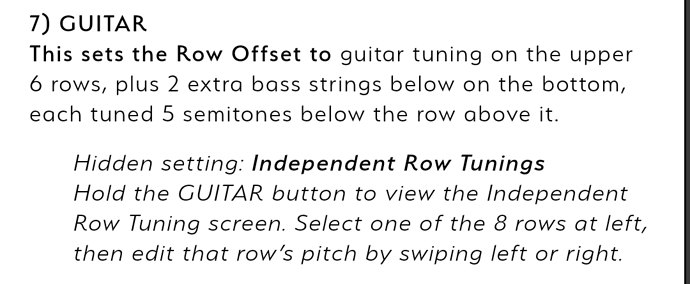In my case there is one use case that I am perpetually trying to implement, and maybe it is better to assert what I want and the value of it rather than trying to assert a negative value to the software that doesn’t do what I want. If for no other reason than the possibility that I am not seeing other solutions for the use case that I am pursuing.
First thing: I use a ROLI Seaboard 49. I had a Linnstrument and couldn’t get into it. I have been playing guitar for 30 years but couldn’t get into the note layout. The ROLI works splendidly, even if I am worried about it crapping out on me and not being able to score a replacement some time in the future.
In Bitwig Grid I am able to implement an asymmetric rate smoothing for pressure. I can preserve a sharp and quick attack and implement a smoothed and lagged decay on pressure. I then assign pressure to control dynamics, pretty much always. This enables me to hit a note hard and quick and have a percussive attack but have the decay smoothed. For pads and more specifically for re-purposed string sample libraries this is a must.
The use case is this:
I press a note quickly, get a sharp attack.
I press a note very gently, I get a controlled swell that only goes as loud as the pressure.
I release a note quickly (to press another note) and I get a variable (depending on the per-patch setting) decay to silence.
I release a note slowly and I get a decay that I control with pressure.
When I implement this I get a phenomenal and useful dynamic control over, say, a string section. Without smoothing at all, I get a janky, shaky control over volume (my fingers are not able to release notes smoothly enough.) With symmetric smoothing I can’t have a sharp attack as the dynamics are smoothed on the attack and the decay. I specifically want to apply smoothing to only the amp’s decay.
This is the only use case I want to pursue and I’ve found that the Bitwig patches I made with this implemented are so, so, so much more expressive than anything else.
As for things that allow smoothing in general (although not asymmetric smoothing) Hive 2, Falcon, Kontakt and a few others do it. I was able to implement the decay-only smoothing in Kontakt through some painful scripting work before Bitwig made it easy (with the envelope follower module.)
I’m not for or against other implementations, but I will say that the amount of decay time being fixed doesn’t really suit… I need to dial it in depending on the material and the patch. AND, I don’t trust the hardware vendors to do this correctly — this is another reason to keep the smoothing work in the instrument, where, changes and innovation move fast and are not tied to the hardware.


 )
)